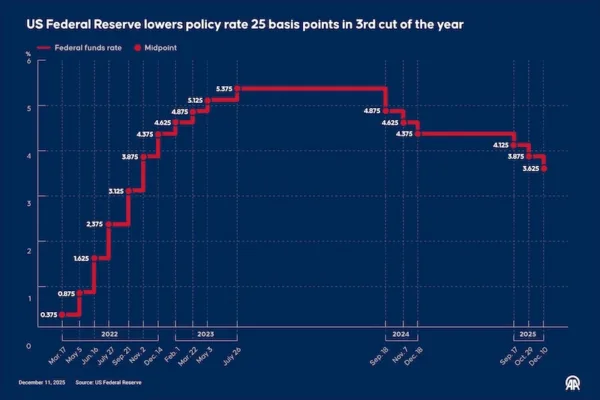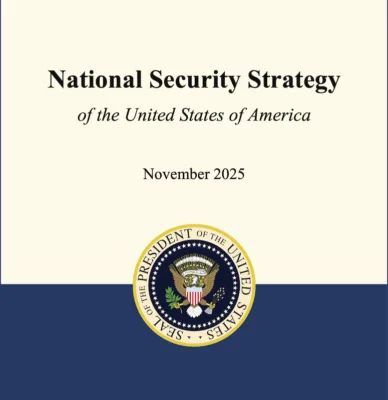Democrats’ victory night

After sweeping all gubernatorial races on Tuesday night, Democrats appear to have found the right formula to shift the balance of power in Congress in the 2026 midterms. The key weapon that once propelled Trump to victory over Biden — his message of fighting inflation and the cost of living — seems to have lost its power, as voters increasingly believe he failed to deliver on that promise. Democrats, meanwhile, have shown that they can succeed by focusing on economic issues while keeping their distance from identity politics and culture wars. The progressive left’s Mamdani won handily in New York, while centrist candidates in New Jersey and Virginia achieved similar results — suggesting that the Democratic Party can connect with voters without moving further left. Trump’s focus on tariffs, his hardline stance that led to a federal government shutdown, and his radical immigration policies appear to have been punished by voters. Trump and the Republicans still have time to recalibrate and reverse this trend, but if Democrats stay disciplined in applying their “winning formula,” the November 2026 elections could prove extremely difficult for the GOP.
The Cost of Living Theme
Before the gubernatorial elections, the Democratic Party’s elites had suffered a major loss of credibility and prestige as they struggled to find an effective formula against Trump. By ignoring inflation warnings and pushing massive spending packages that fueled price hikes, Biden had handed Trump two strong weapons — inflation and border insecurity. Trump capitalized on both, leveraging the criminal cases against him and even a failed assassination attempt to build a narrative of victimhood. By constantly hammering on the cost of living and convincing voters that the economy was better during his presidency and that he alone could fight inflation, Trump secured his victory.
The Harris campaign, on the other hand, lost ground by insisting the economy was doing fine and focusing instead on cultural diversity — alienating both white and minority voters. While Trump gained traction with his relentless “cost of living” message, Democrats struggled to articulate a clear response.
In this week’s gubernatorial races, however, Democrats reclaimed that message from Trump. Inflation remains at around 3% (above the Fed’s 2% target), and voters now see that Trump doesn’t have a magic formula either. Using tariffs as a punitive tool without presenting a comprehensive plan to rebuild the country’s productive base, Trump’s administration disrupted global trade in the name of protecting American jobs. His trade wars — not just with China but also with U.S. allies — led many companies to adopt a wait-and-see attitude, causing stagnation.
Instead of fostering competition or supporting labor flexibility to lower prices, the administration focused on deporting immigrants — failing to rebuild the manufacturing base or attract the trillions in new investments it had promised. With the federal shutdown, millions of federal workers were left struggling, and low-income groups dependent on government aid were hit hardest, deepening public dissatisfaction with the economy.
Looking Toward 2026
It’s clear that Trump’s inability to quickly address everyday economic struggles was the main factor behind the Democrats’ success in the gubernatorial elections. In New York, the election of Zohran Mamdani as the city’s first Muslim governor was driven by his disciplined campaign centered on the city’s crippling cost of living — neutralizing efforts to defeat him through Islamophobic fearmongering. Similarly, centrist candidates like Spanberger in Virginia and Sherrill in New Jersey made history as their states’ first female governors by focusing on economic issues.
Rather than emphasizing their Muslim or female identities, these candidates prioritized the struggles of working- and middle-class Americans, creating a powerful connection with voters. Harris’s presidential campaign — with its message that “the economy is fine, and Trump is the real threat to democracy” — had failed to resonate. This time, Democrats have realized that focusing squarely on the economy can deliver success.
Democrats now seem to understand that winning control of the House and/or Senate in the November 2026 midterms depends on keeping the economy front and center. They’ll also need flexibility in their candidate selection — drawing from both progressives and moderates when needed — since the gubernatorial results showed that voters are tired of culture wars and more concerned with their own financial realities.
If internal party divisions resurface and Democrats lose sight of their economic message, they’ll hand Republicans a major advantage. Still, Trump and the GOP could blunt the Democrats’ momentum if they adjust their strategy — ending the federal shutdown, easing up on trade wars, distancing themselves from billionaire donors, and avoiding the optics of “migrant hunts” in major cities.
If Trump and Republicans fail to learn the right lessons from the Democrats’ victories, they risk losing their grip on Congress in November 2026 — turning the final two years of Trump’s presidency into a lame-duck stretch.













